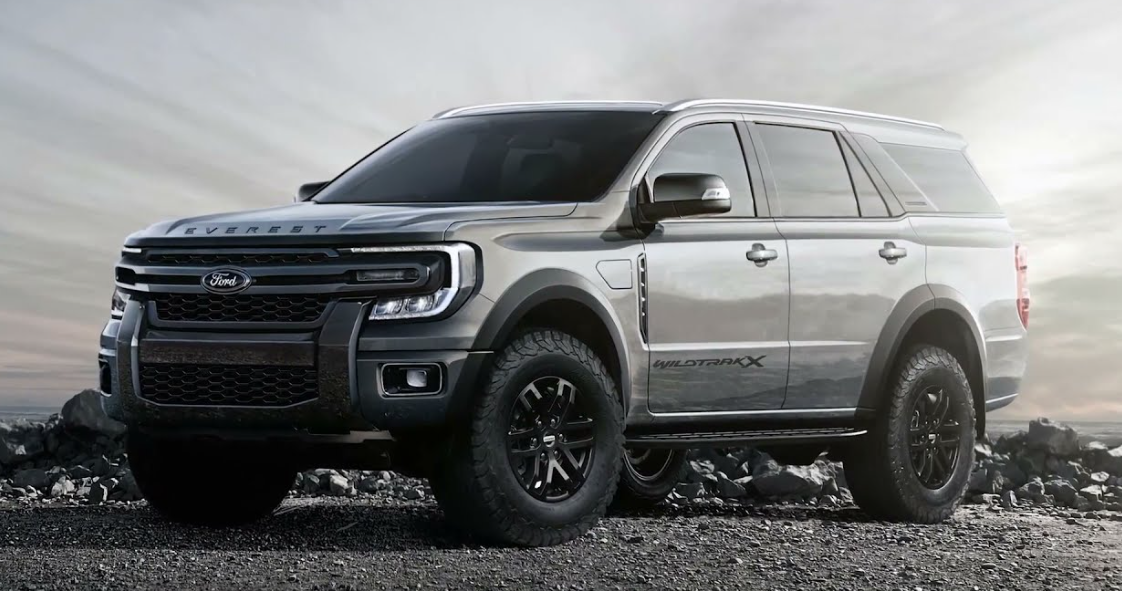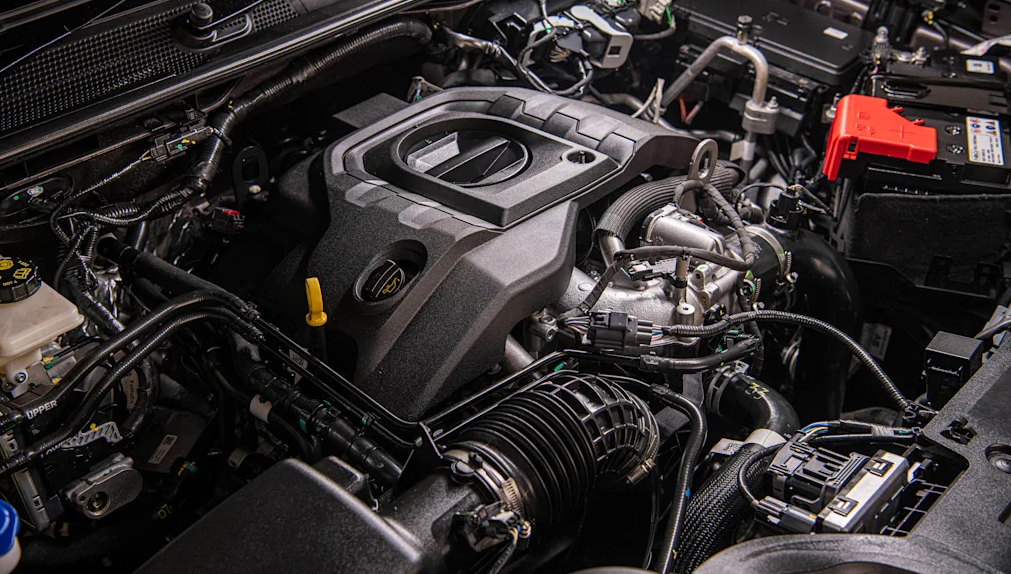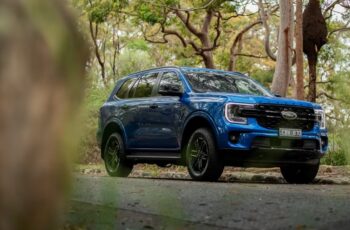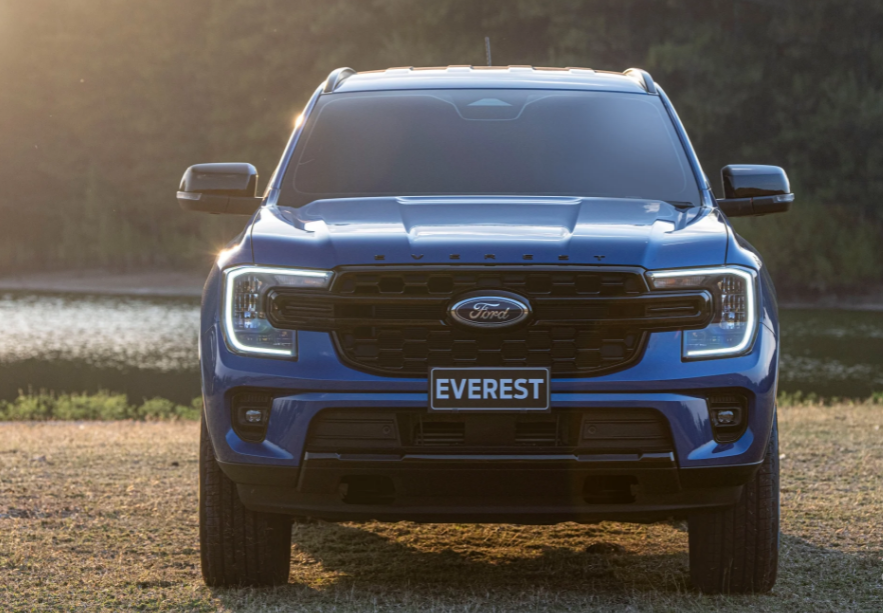2023 Ford Everest, Engine and Price – The all-new 2023 Ford Everest has been teased on multiple occasions in recent months, leading up to the SUV’s reveal today.
After numerous teasers and spy shots of the redesigned Everest, we already knew what it was going to look like, for the most part, particularly since it shares quite a bit in common with the all-new international market 2023 Ford Ranger, which was revealed back in November.
As expected, the 2023 Ford Everest does in fact look a lot with the next-gen Ranger, both inside and out.
Ford’s new Everest delivers a bold new design which freshens the outside and liberates space inside – where there’s upgraded tech, significant changes to its four-wheel drive and suspension systems, as well as greater towing capability courtesy of a new V6.
This substantial engineering and design investment makes the 2023 Everest a significant reboot of Ford’s sole seven-seat SUV offering, which was introduced in 2015 as production of the locally-made Territory wound up. If you want a seven-seat Ford SUV, this is it.
This is also the Everest’s chance to capitalise on its 2023 Ford Ranger underpinnings, now amortised across greater volume, given Ranger’s global proliferation and the introduction of the Bronco in North America.
That alone means this should be the best Everest to date – and from what we know so far, it’s stacking up to be exactly that.
“That’s the beauty of doing the platform development at the same time; the building blocks before when we did Ranger, and then the Everest, we added small bits on,” said T6 Chief Platform Engineer Ian Foston.
Table of Contents
2023 Ford Everest Engine
Drawing just as much attention as the new design is what’s under the bonnet. The new ‘Lion’ V6 – from the same engine family as the 2.7-litre turbo-diesel in the last Territory – will sit above the 2.0-litre bi-turbo as the Everest’s premium engine option, the bi-turbo taking over the role of the now defunct 3.2-litre five cylinder ‘Puma’ turbo-diesel engine as the mainstay entry-level donk in Australia.
Confirmed as the flagship Everest powertrain from launch in Australia, the 2993cc V6 is an intercooled common rail diesel with 60-degree configuration, iron-graphene block and double-overhead cams.
The 2.0-litre twin-turbocharged four-cylinder diesel engine will be standard fitment in the Ambiente, Trend and Sport.
Rear-wheel drive (4×2) will be standard in the Ambiente and Trend, with permanent four-wheel drive (4×4) as an option in these variants, or standard in the Sport.
The 3.0-litre single-turbo diesel V6 will be available as an option in the Sport, or standard-fit in the range-topping Platinum.
Power and torque are still secret, too, but in the 2018 F-Series the 3.0-litre ‘Power Stroke’ made 240hp (186kW) and 440lb-ft (597Nm) from 1750rpm.
It has developed even stronger numbers in other products, but those figures easily eclipse the current Everest’s 157kW/500Nm bi-turbo and 3.2L’s 143kW/470Nm.
Following Ranger and Bronco, the 10-speed will be the new 10R60 in place of the current model’s 10R80, both of which were co-developed with General Motors.
Combined with the new V6, which is heavier than the bi-turbo, according to Foston, fuel economy may be up – as the Everest is facing a marginal weight increase over the current model’s 2283-2477 kilogram weight range.
Standard features across the Everest range include a large Sync 4A central touchscreen (measuring 10.1 or 12 inches across) with Apple CarPlay and Android Auto, a digital instrument display (measuring 8.0 or 12.4 inches across), part-LED headlights, electric parking brake, alloy wheels, and a selection of drive modes.
2023 Ford Everest Price
The Ambiente and Trend model names carry over from the 2021 range, joining the blacked-out Sport, which returns for a new generation as a full-time member of the Everest line-up.
Prices for the new Ford Everest range are yet to be confirmed, however given the extra space, technology and comfort on offer – and in the diesel V6’s case, far more performance – it is likely prices will rise over the current model, which costs between $50,090 and $73,190 plus on-road costs.



